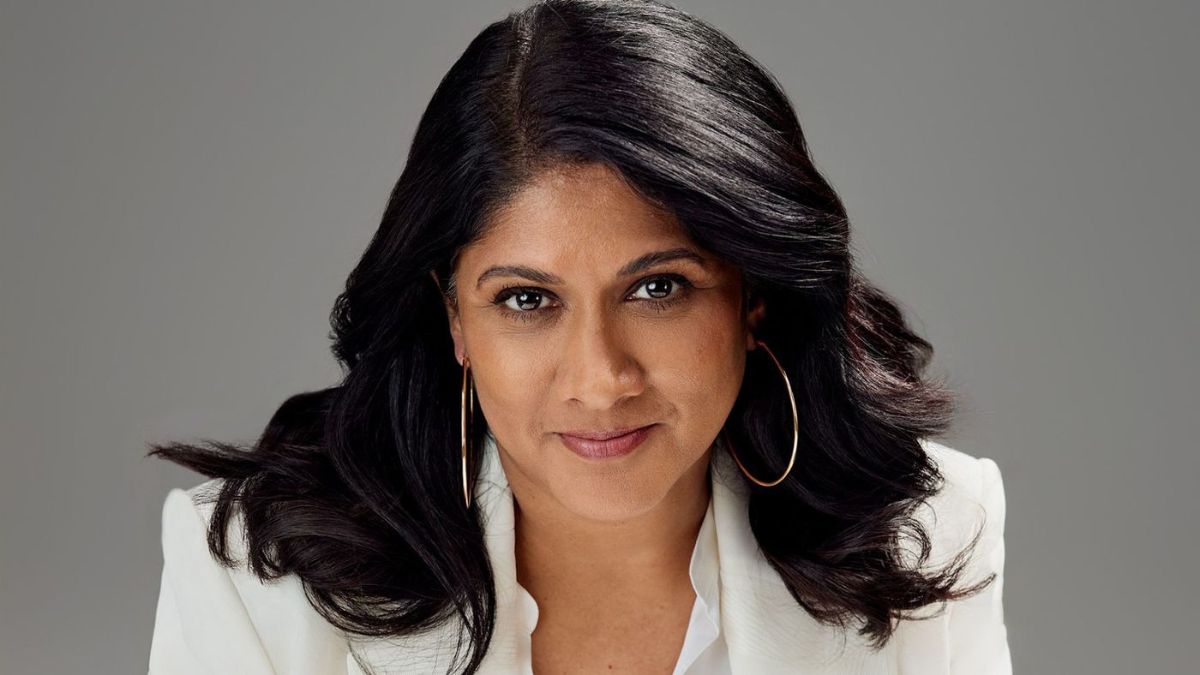Hindustan Unilever's new MD Priya Nair lists priorities to grow FMCG giant
 Hindustan Unilever MD Priya Nair
Hindustan Unilever MD Priya Nair
Hindustan Unilever is the largest fast-moving consumer goods maker in India and is among the leading players across categories from tea to detergents and more. However, competition is also rising, from established rivals as well as newage startups on the one hand and other foreign multi-nationals plotting new moves in the market.
In this backdrop, HUL, with a new CEO and managing director at the helm in Priya Nair, is looking to sharpen its focus on categories targeting key customer segments, investing heavily in high growth spaces and a more digital social-first marketing push.
"India is emerging with clear consumer cohorts. These are premiumisers at the top end of the pyramid, the power spenders, 80 million Indians who are spending a lot of money because their average per capita income is going up, and the democratisers at the bottom of the pyramid. HUL has an incredible portfolio that spans across the price pyramid, and our opportunity is to create strategies to segment brand, channel, media strategies to cover each of these consumer cohorts and serve each of these consumer cohorts. That will be our first priority," said Nair.
This was her first media interaction since being appointed as the MD and CEO of the maker of Surf detergent and Bru coffee effective August 1.
Modernising brands, making them more desirable and youthful; ensuring brands have high discovery online and investing to resource in fast growing channels like quick commerce will also be key strategic areas.
"We will ensure that all our high growth spaces we scale by investing disproportionately," said Nair.
In September, the Goods and Services Tax was reduced on a wide-range of products from daily essentials to small cars, which, coupled with the income tax cuts announced earlier this year and interest rate cuts, is expected to give a huge consumption boost. The lower inflation should also help.
However, FMCG companies hit a speed bump in the July-September quarter. Sales slowed as consumers delayed purchases in the anticipation of price reductions post GST cut and trade partners also postponed orders to clear existing inventory. Prolonged monsoon rains in many parts of the country had also impacted demand in categories like ice-creams.
HUL reported a 3 per cent year-on-year rise in its September quarter standalone net profit at Rs 2,690 crore. Quarterly sales were up 1 per cent at Rs 15,418 crore. Volume growth (number of units sold) was flat in the quarter.
GST impact
"The moment the GST change was announced, the trade knew that the new prices will come, which will be lower than the current prices. And hence we saw trade restocking. When trade restocks, there's always a short-term impact on sales. Consumers too were expecting lower shelf prices. So their pantry buying was also measured in the period," pointed Ritesh Tiwari, HUL CFO.
Close to 40 per cent of HUL's portfolio was affected by the GST transition.
Officials point out, typically the FMCG market has 4-6 weeks of inventory and therefore it takes time to replenish the range with newer price points or in some cases more grammage. This transitory impact was seen in the market in September and officials see it impacting sales in October too, before stabilising from November onwards.
As such HUL is expecting the second half of the current financial year to better than the first half.
"From early November onwards, this will stabilise. From medium to long term, this (GST cut) is extremely good for the economy.
This will auger well for consumption. It will further support the secular trend, of making more premium choices by consumers," Tiwari said.
FMCG companies were impacted over the last few quarters due to slowing urban demand. Tiwari noted that now both urban and rural markets were contributing to market growth.
"Per capita consumption of consumer products in India is $54 versus our neighbouring peers, so there is huge headroom to grow. As India becomes more affluent, consumers are expanding their regimes, they are adding more products to their basket and with a portfolio like HUL, we have a huge opportunity straddling across the price pyramid," stated Nair.
HUL vs Nestle India
In contrast to HUL's earnings, foods giant Nestle had earlier this month reported a 24 per cent decline in September quarter profit at Rs 753 crore. Sales had risen 11 per cent to Rs 5,644 crore, its highest ever recorded in any quarter. Three out of four product groups delivered strong volume-led double-digit growth, Manish Tiwary, chairman and MD of Nestle India had said.
Analysts at Axis Securities have pointed that the operational backdrop had been challenging in the quarter, with intensifying competition from regional players, the growing influence of direct-to-consumer brands, and inventory liquidation pressures in the general trade.
"Going forward, the growth trajectory is likely to strengthen, aided by the pro-consumption thrust of GST 2.0, festive-led demand, and potential tailwinds from monetary easing, income tax benefits, and government initiatives aimed at enhancing disposable income. These factors are expected to revive consumption sentiment and drive a sustained demand recovery by second half," the analysts said.
Defence